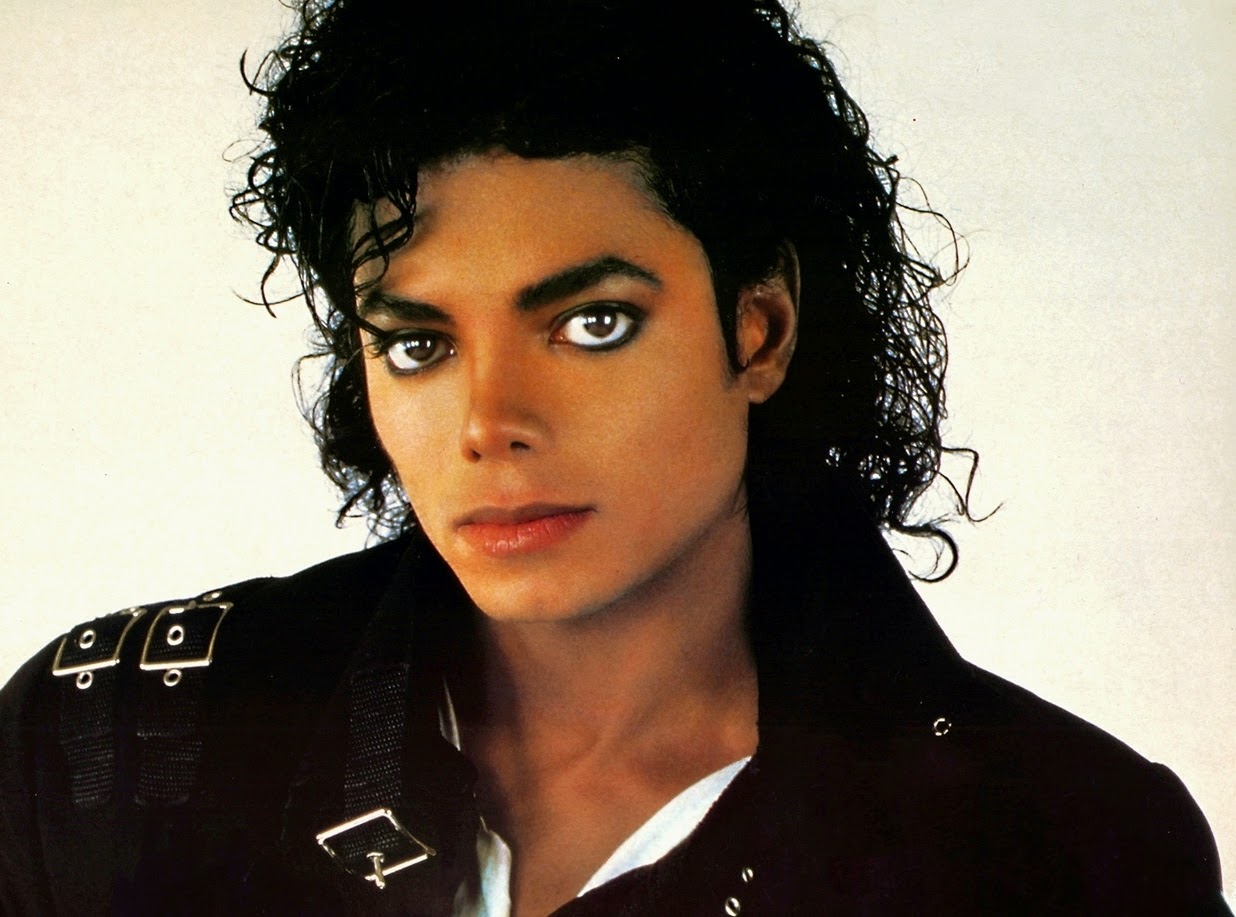Sanpaku eyes are a fascinating subject that transcends mere cosmetic observation, delving into the realms of spirituality, psychology, and cultural beliefs. These unique eyes have captured the attention of many, leading to both intrigue and superstition. The term "sanpaku" comes from the Japanese language, meaning "three whites," which refers to the visibility of the sclera, or the white part of the eye, above or below the iris. This striking appearance is often associated with deep emotions or unsettling truths about a person’s mental state or life circumstances.
Throughout history, sanpaku eyes have been attributed various meanings. Some cultures view them as a sign of an unbalanced spirit or impending misfortune, while others see them as a mark of unique beauty and depth. The interpretation often varies based on cultural context, leading to a rich tapestry of beliefs and stories surrounding this eye characteristic. Many celebrities and historical figures have been noted for their sanpaku eyes, adding to the mystique and allure of this anatomical phenomenon.
In this article, we’ll explore the origin of the term, its cultural implications, and notable individuals known for their sanpaku eyes. We will also answer some pressing questions regarding the meaning and significance of this eye condition. If you've ever wondered about the stories behind sanpaku eyes or whether they carry any deeper connotations, you're in the right place!
What Are Sanpaku Eyes?
Sanpaku eyes are characterized by the visibility of the sclera either above or below the iris when looking straight ahead. This can create an unsettling or unique appearance that has garnered much attention.
How Do Sanpaku Eyes Affect Personal Perception?
The perception of sanpaku eyes can vary dramatically among individuals and cultures. Some may find them captivating, while others may perceive them as indicative of a troubled mind or spirit.
Are There Different Types of Sanpaku Eyes?
Yes, sanpaku eyes can be categorized into two types: the "sanpaku" that appears above the iris (often associated with emotional instability) and the "sanpaku" that appears below the iris (often linked to physical health issues).
Who Are Some Notable Figures with Sanpaku Eyes?
Many celebrities and historical figures have been noted for their sanpaku eyes. Some of these individuals have become symbols of the phenomenon.
| Name | Occupation | Notable Works | Sanpaku Eye Type |
|---|---|---|---|
| John Lennon | Musician | The Beatles | Above Iris |
| Marilyn Monroe | Actress | Gentlemen Prefer Blondes | Below Iris |
| Steve Jobs | Entrepreneur | Apple Inc. | Above Iris |
| Princess Diana | Royalty | Humanitarian Work | Below Iris |
What Cultural Beliefs Surround Sanpaku Eyes?
Various cultures have different beliefs associated with sanpaku eyes. In Japanese culture, a person with sanpaku eyes may be seen as having an unbalanced spirit or facing misfortune. In contrast, Western cultures may regard them as a unique beauty trait.
Can Sanpaku Eyes Indicate Mental or Physical Health Issues?
Many believe that the appearance of sanpaku eyes can signal underlying mental health issues or physical ailments. For example, those with sanpaku eyes may be perceived as experiencing emotional turmoil or stress.
How Do Sanpaku Eyes Influence Modern Beauty Standards?
In contemporary society, beauty standards are constantly evolving, and sanpaku eyes have gained a following among certain subcultures. These eyes are now often celebrated for their uniqueness and distinctiveness.
Are Sanpaku Eyes Considered Attractive?
The attractiveness of sanpaku eyes is subjective. While some may find them intriguing and beautiful, others may view them as less desirable. As beauty norms shift, sanpaku eyes are increasingly viewed as a form of individuality.
How Can One Embrace Their Sanpaku Eyes?
Embracing sanpaku eyes can be a journey of self-acceptance. Here are some tips:
- Celebrate your unique features through makeup and styling.
- Engage in discussions about beauty that challenge conventional norms.
- Connect with communities that appreciate diversity in appearances.
What Is the Future of Sanpaku Eyes in Popular Culture?
As society becomes more open to diverse forms of beauty, sanpaku eyes may continue to gain recognition and appreciation. This evolving perspective could lead to a more inclusive understanding of what constitutes beauty in the future.
In conclusion, sanpaku eyes are more than just a physical characteristic; they embody a rich tapestry of cultural significance, personal stories, and evolving beauty standards. Understanding their implications can enhance our appreciation of human diversity, reminding us that beauty truly lies in the eyes of the beholder.
Unveiling The Charismatic Lamorne Morris: A Journey Through Comedy And Acting
Unveiling The Enigma: Steve Bakunas Age And Life Journey
Kirsten Barlow: A Multifaceted Talent In The Entertainment Industry


